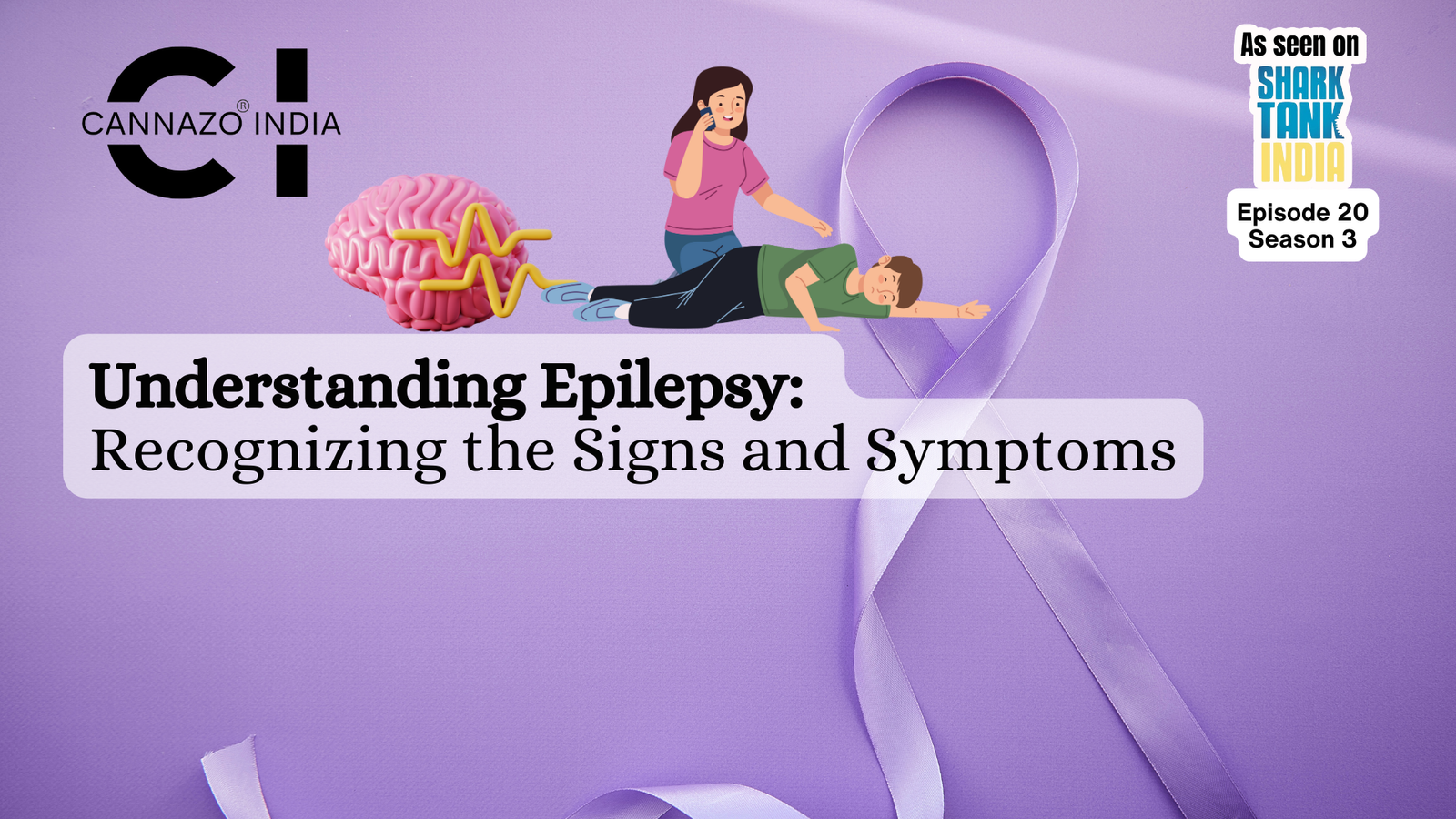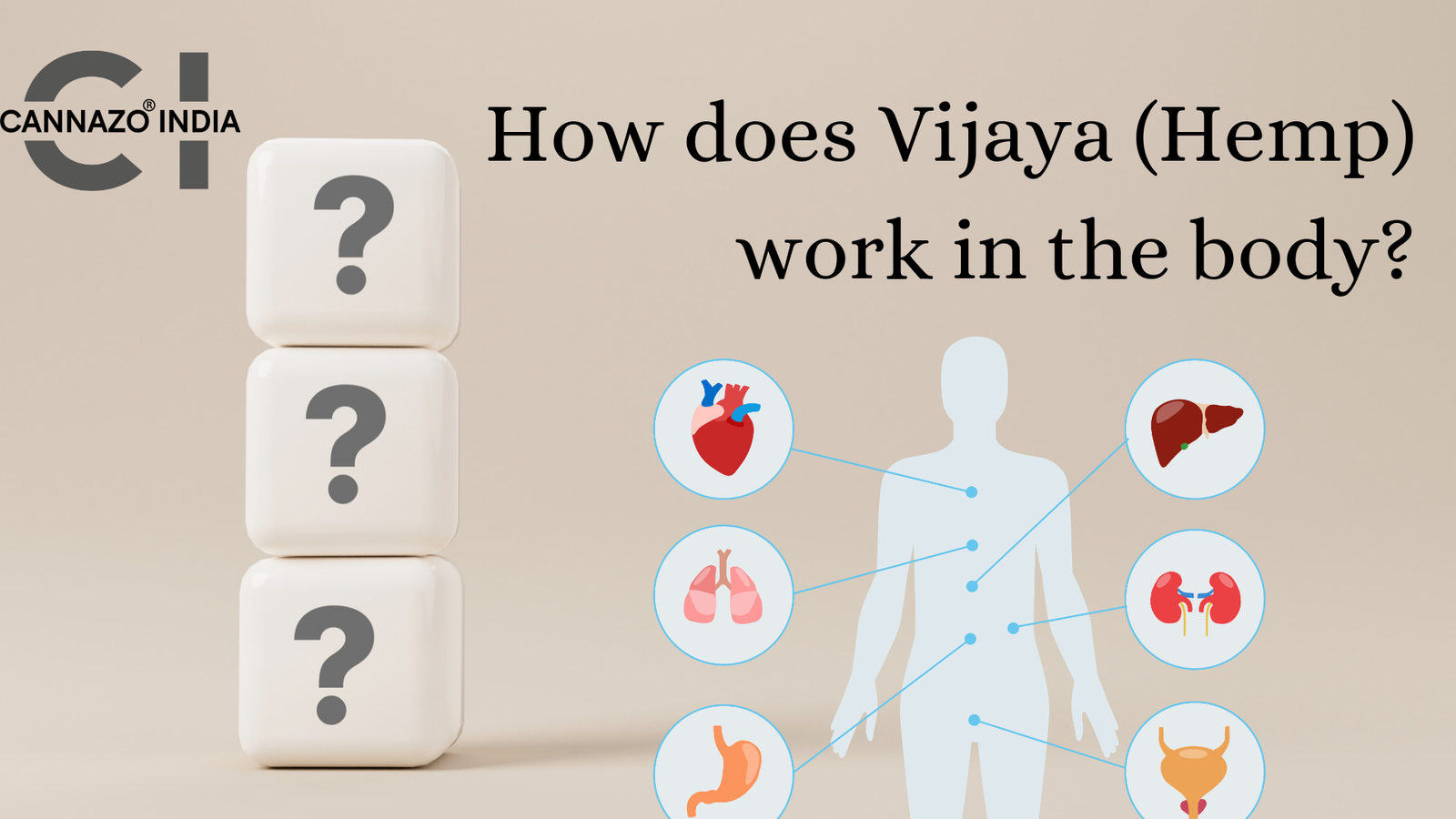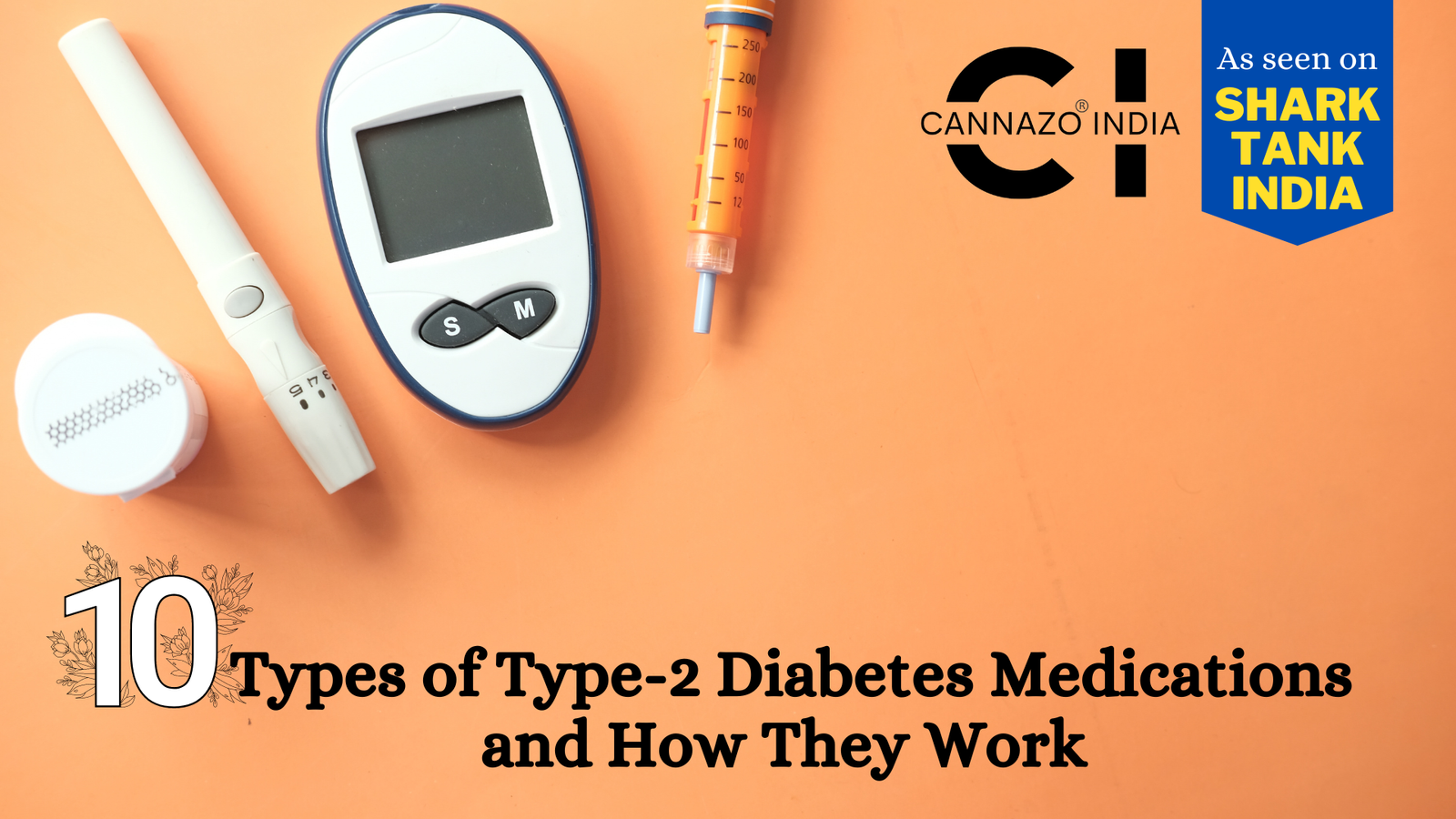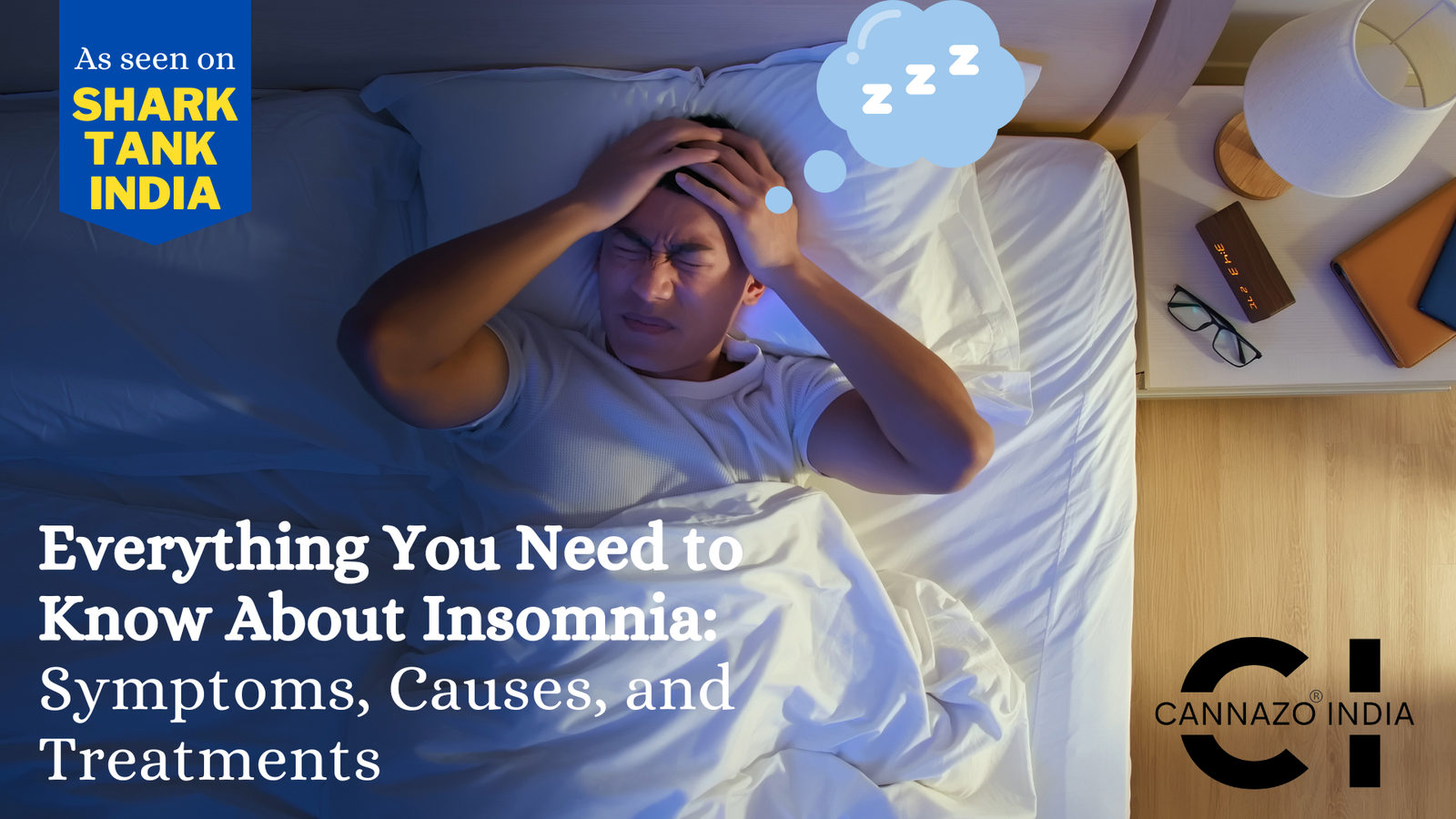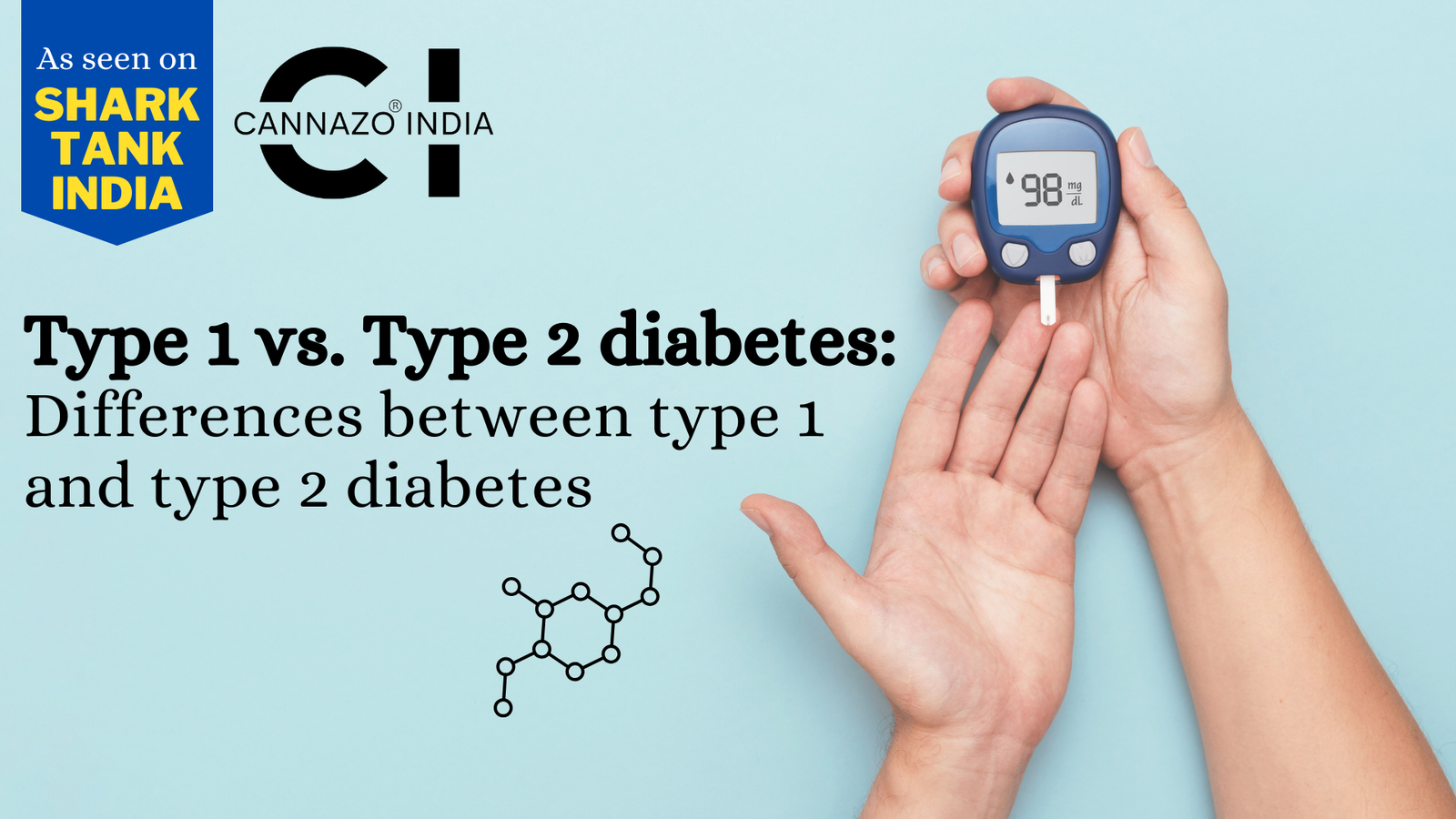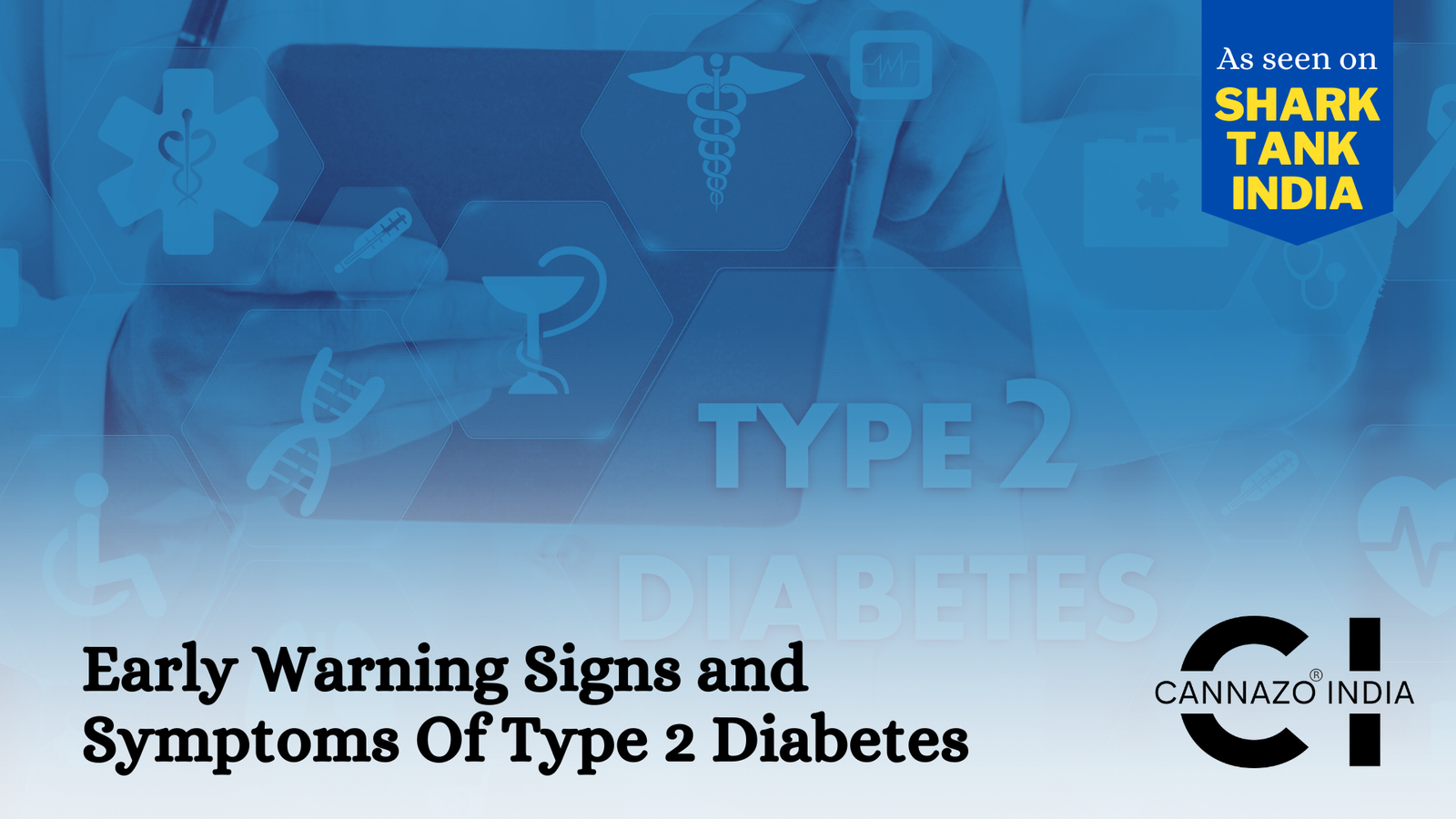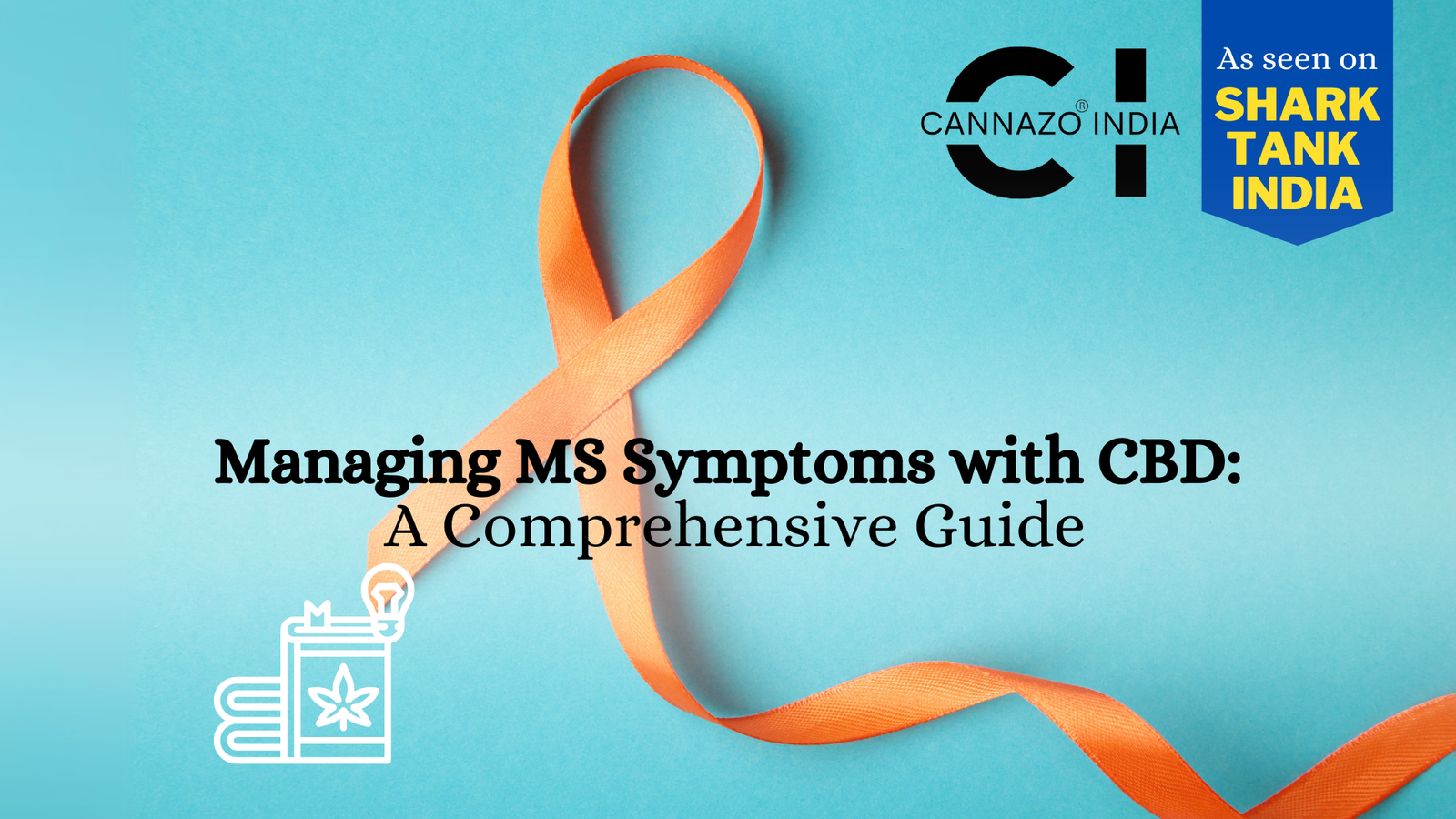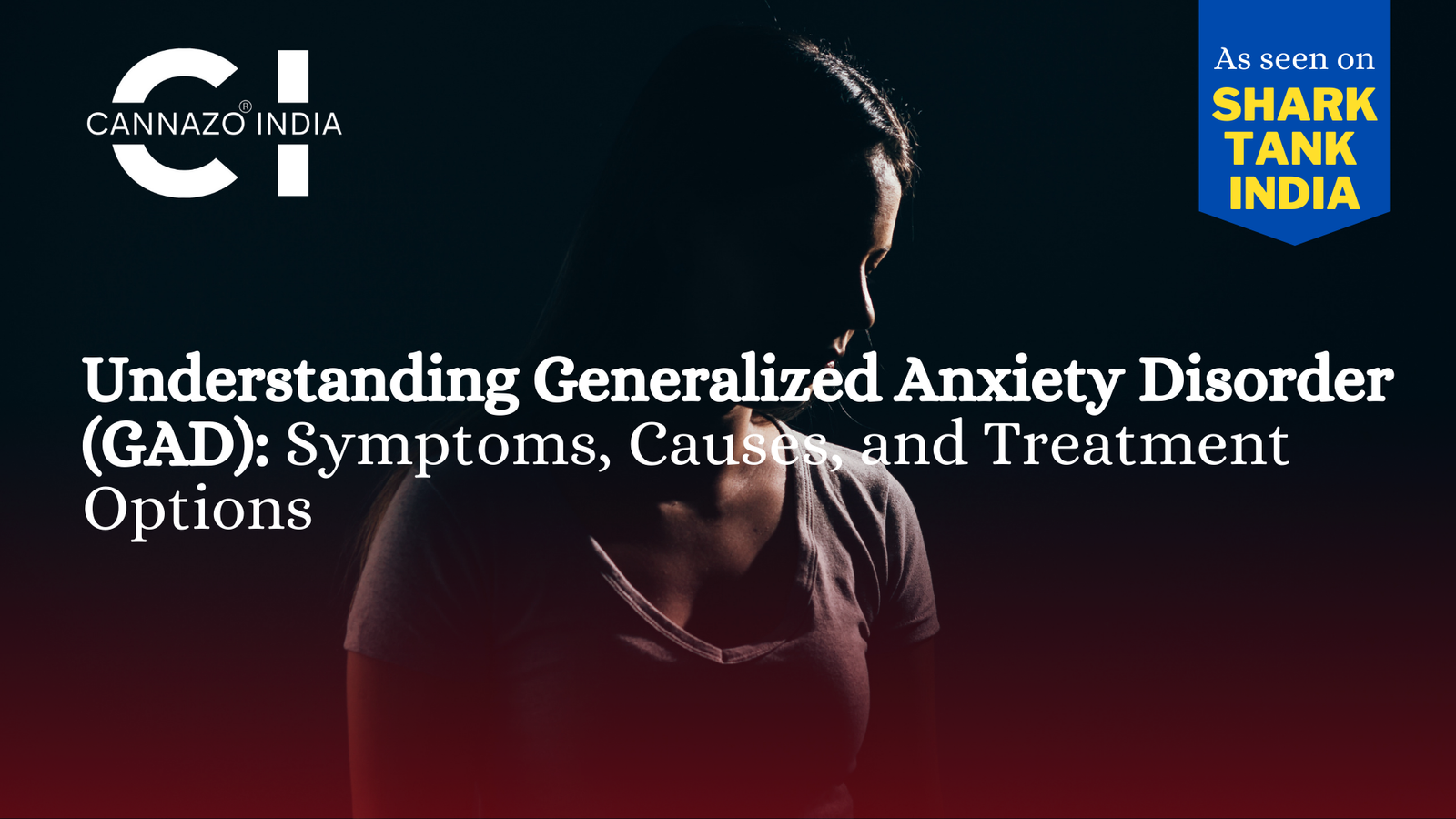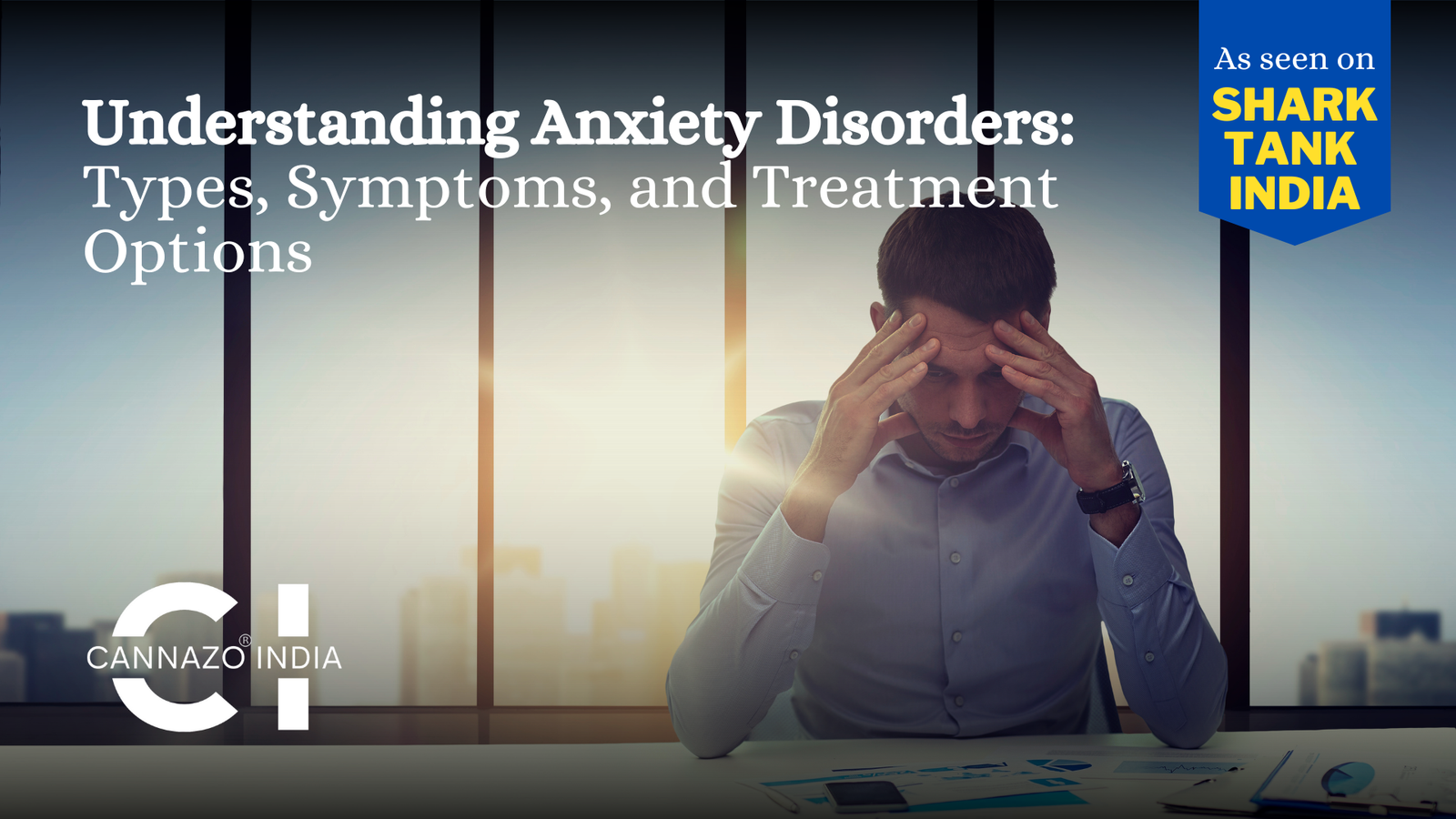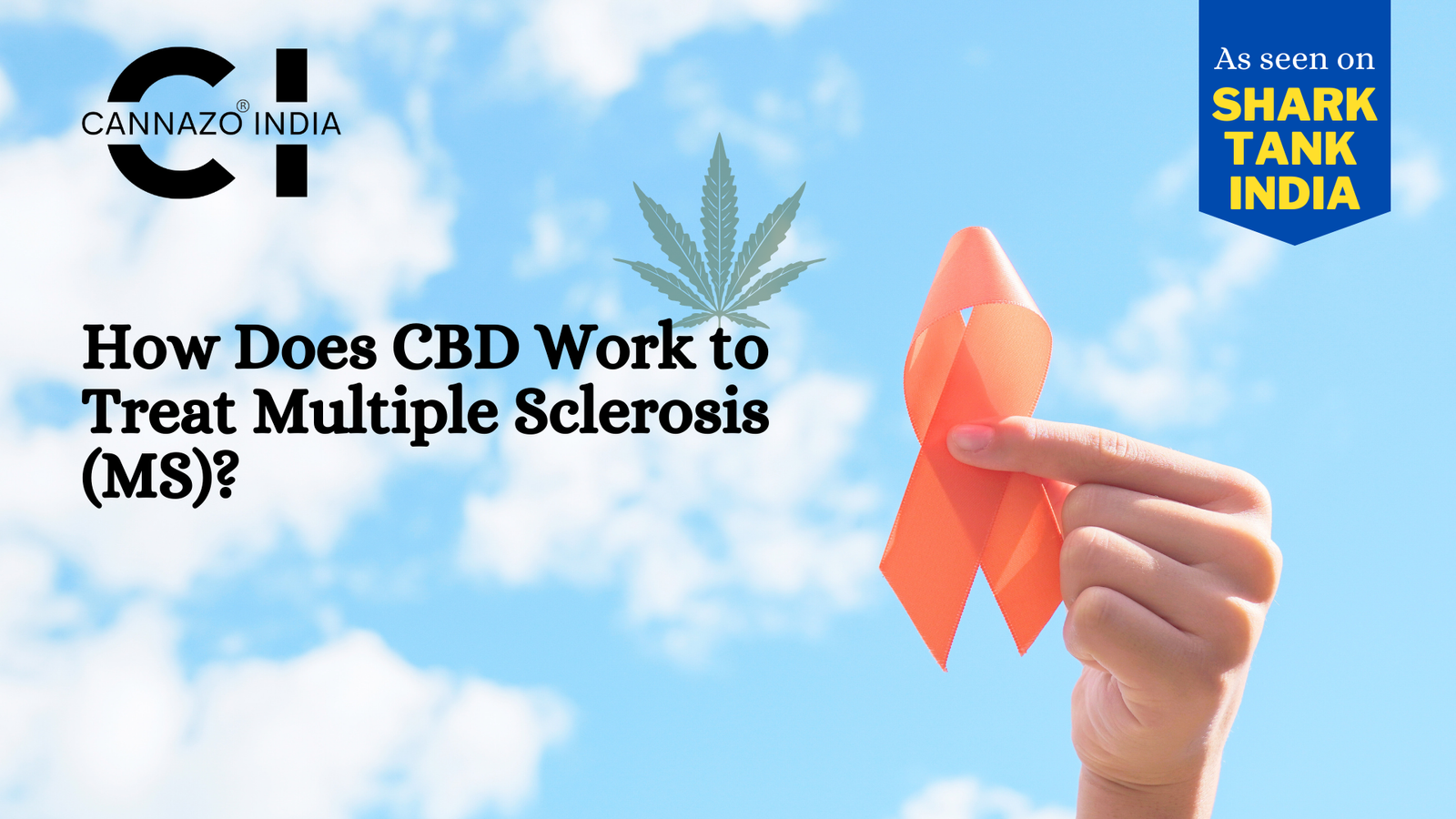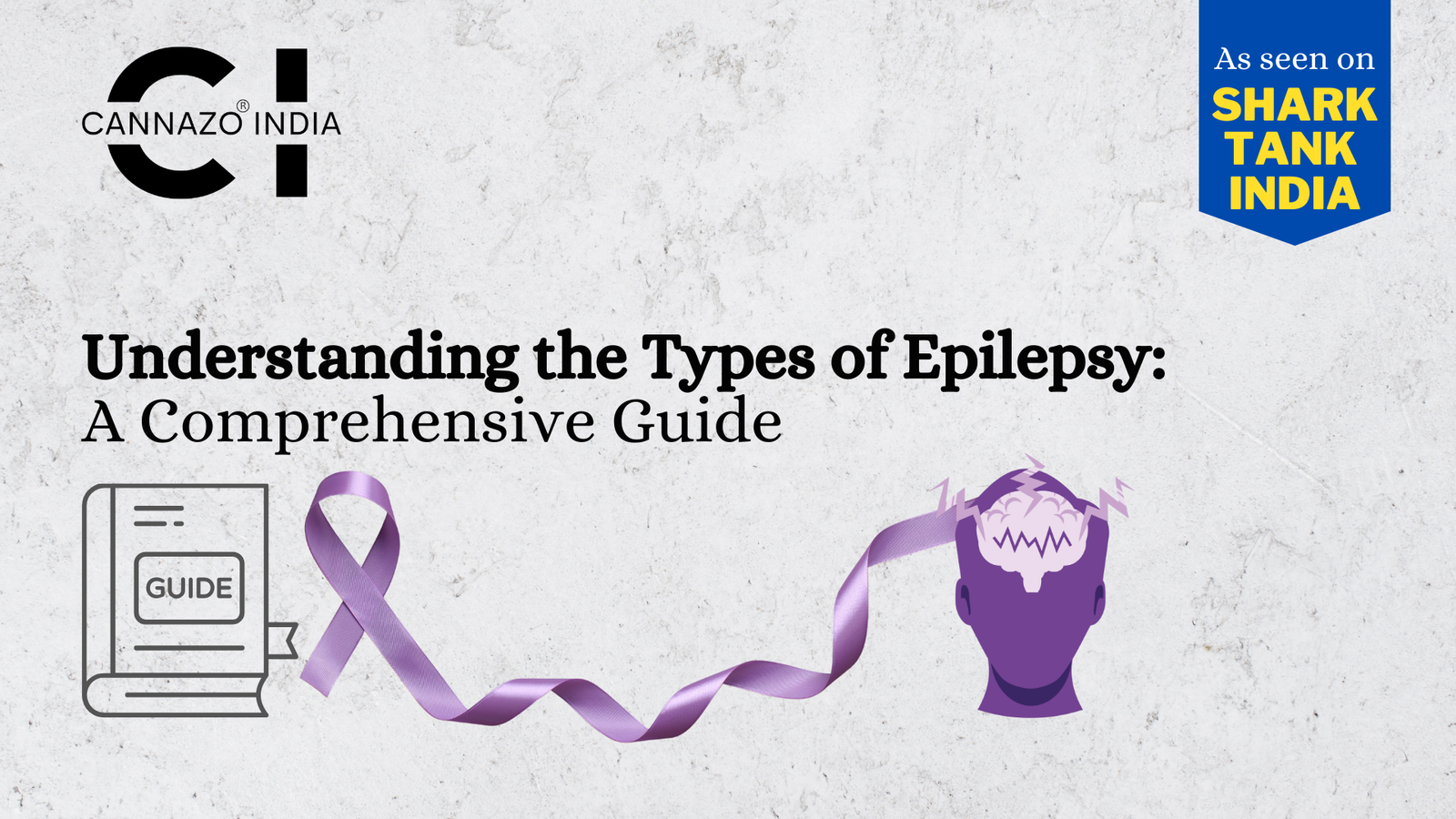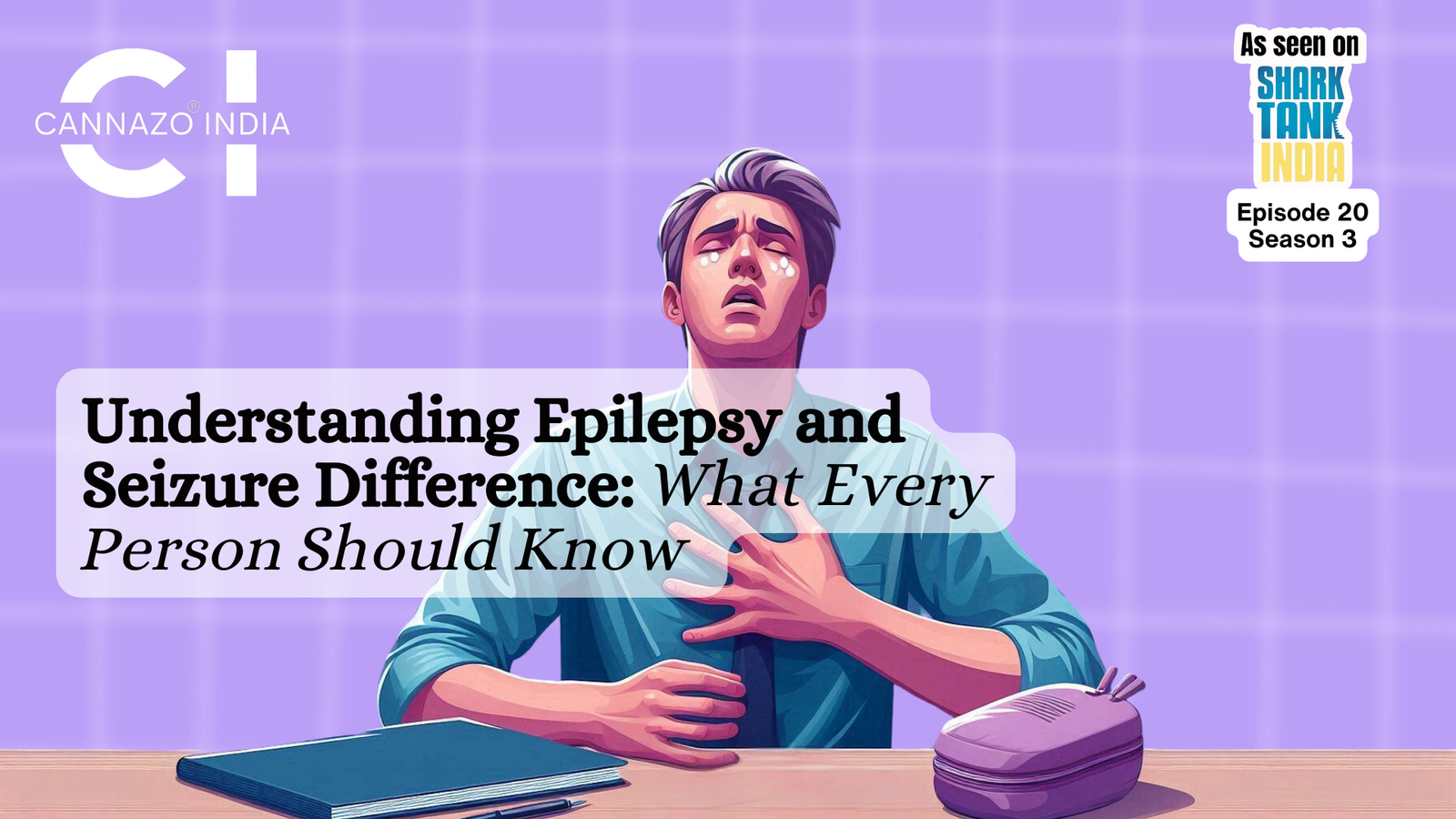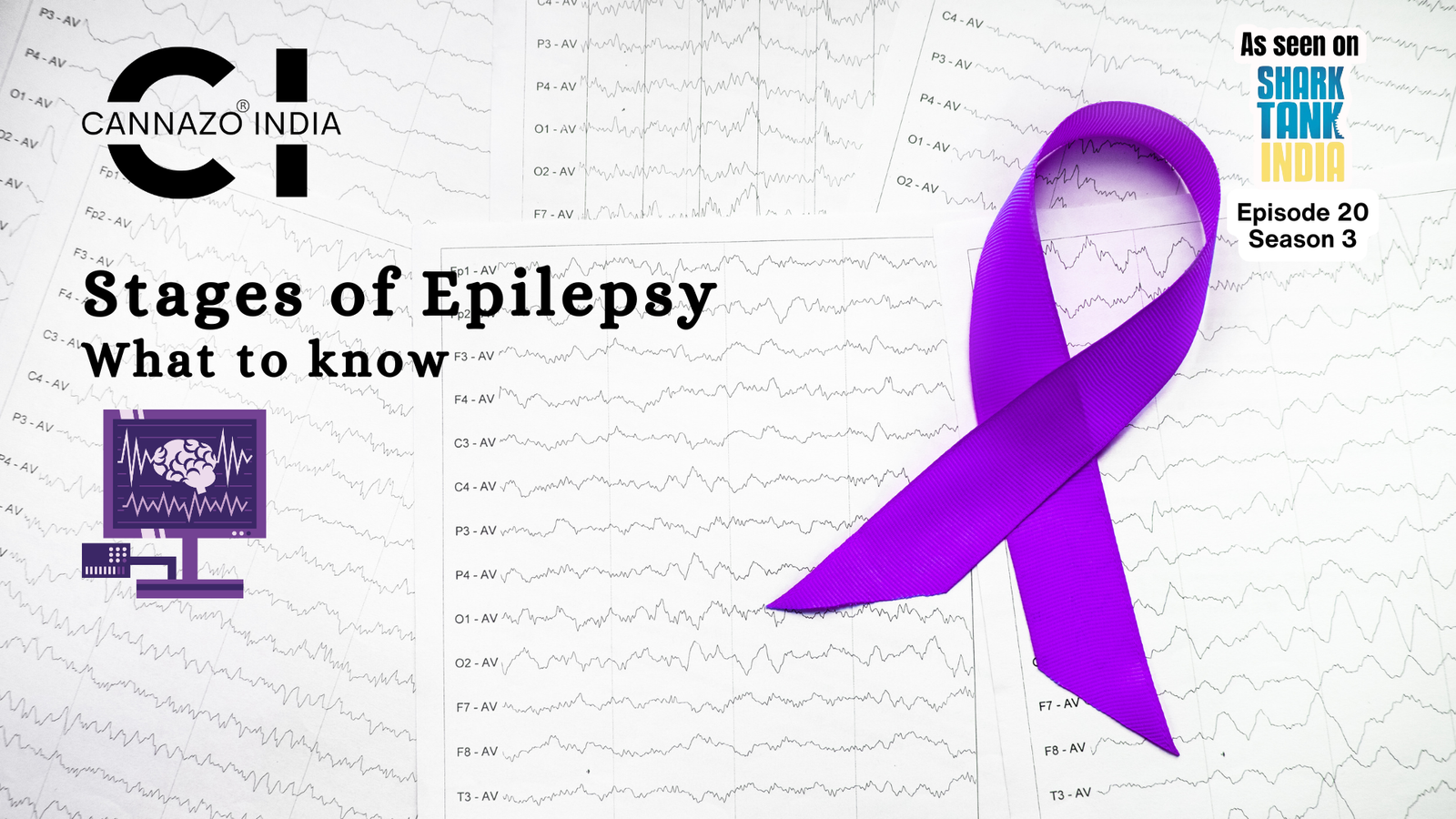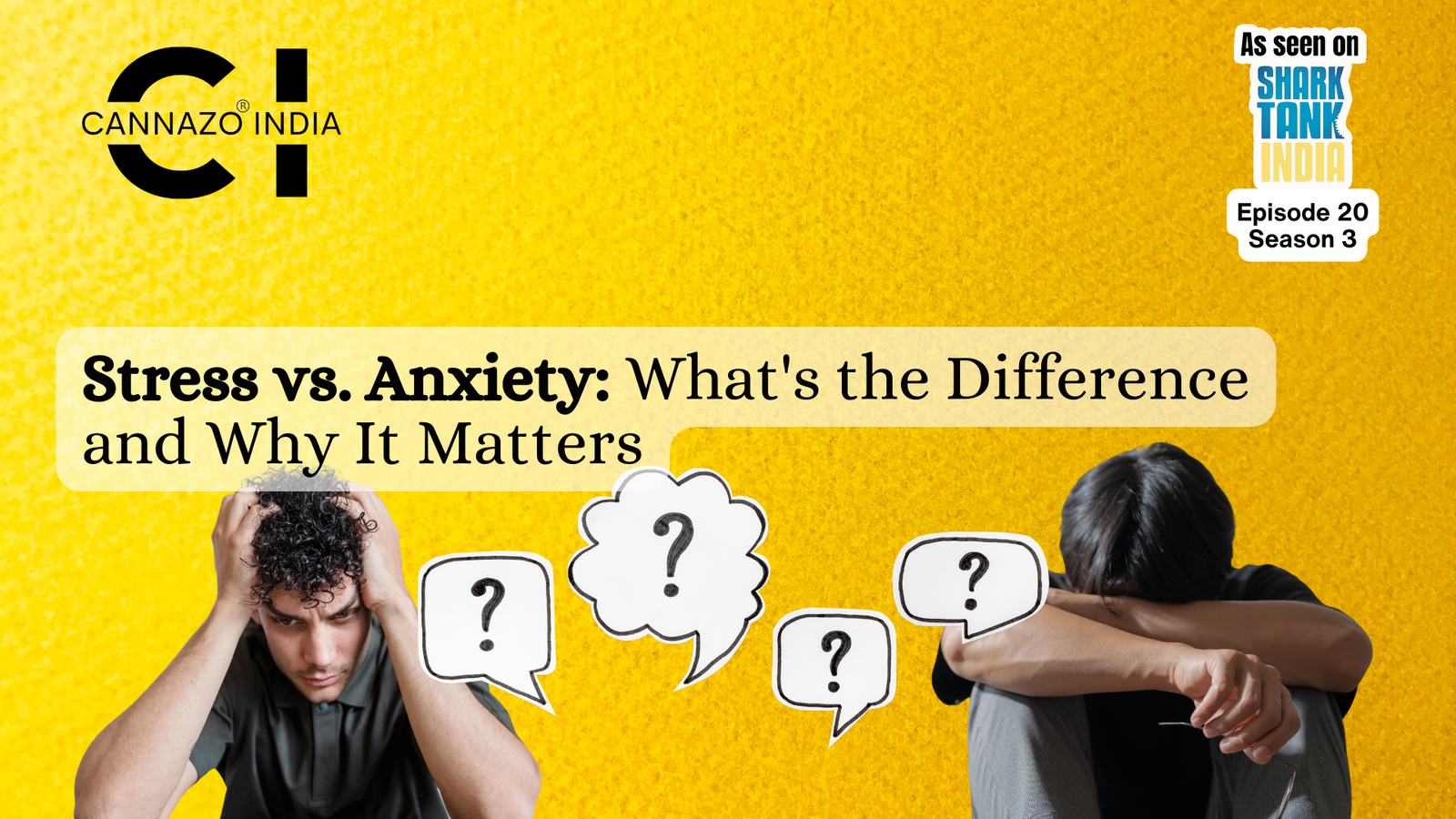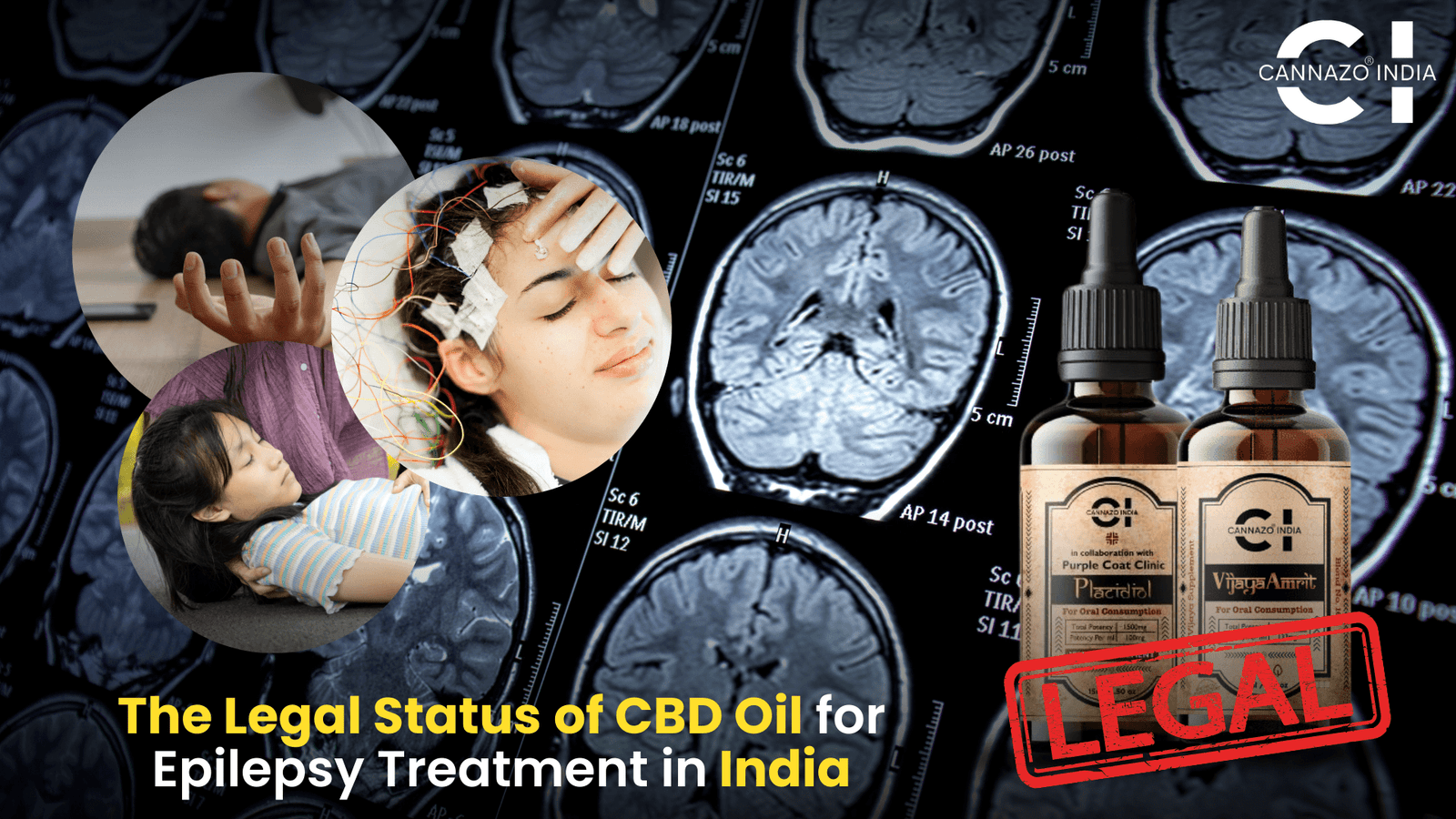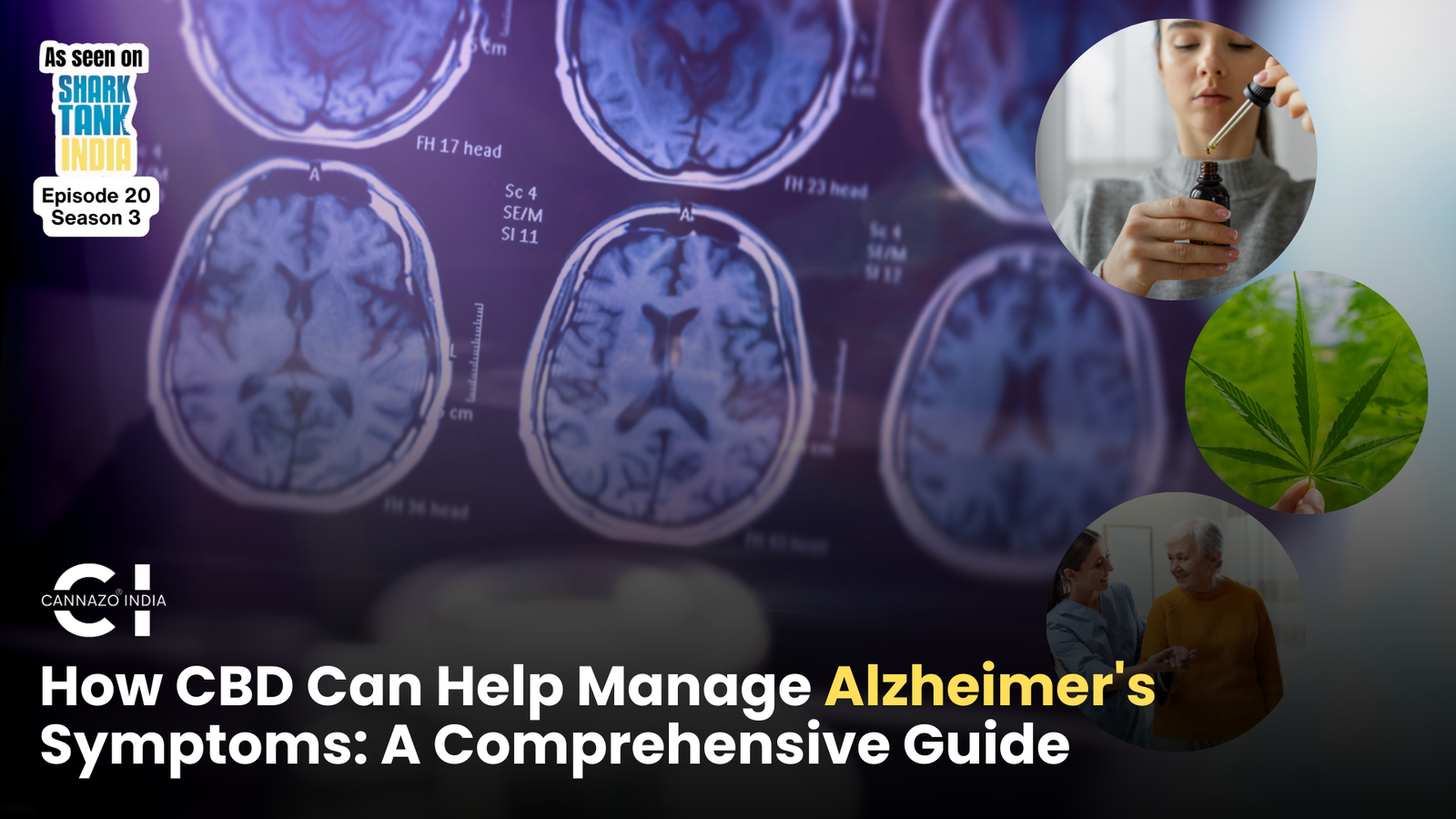Epilepsy is a chronic, noncommunicable disease that affects around 50 million people in the world. The first global report on epilepsy was produced in 2019 by WHO. Epilepsy ranks as the 4th most prevalent neurological condition, impacting 1 in 26 people in the United States and affecting 65 million people globally.
What are seizures?
Epilepsy comprises a range of neurological disorders that are not contagious and are marked by repeated epileptic seizures. An epileptic seizure results from abnormal, excessive, and synchronized electrical activity in the brain’s neurons. The condition of epilepsy is diagnosed when a person experiences two or more unprovoked seizures.
The onset of seizures, according to the International League Against Epilepsy (ILAE), can be classified into:
- Focus seizures that start from the focus point in the brain.
- Generalized seizures where the right and left hemispheres are involved.
Symptoms of Epilepsy
- The features of seizures vary based on the brain’s initial disturbance location and its spread. Symptoms can include temporary loss of awareness or consciousness and disruptions in movement, sensation (such as vision, hearing, and taste), mood, or cognitive function.
- Physical and psychological impact: individuals with epilepsy often experience more physical issues, like fractures and bruises from seizures. They also have higher rates of psychological disorders, including anxiety and depression.
Causes of Epilepsy
While various underlying mechanisms can lead to epilepsy, the cause remains unidentified in approximately 50% of global cases. The causes include:
- Brain damage from prenatal factors, such as oxygen deprivation or trauma during birth, or low birth weight.
- Congenital abnormalities or genetic disorders that result in brain malformations.
- Severe head injuries.
- Strokes that reduce oxygen supply to the brain.
- Brain infections like meningitis, encephalitis, or neurocysticercosis.
- Certain genetic syndromes.
- Brain tumors.
Seizures are a major cause of epilepsy-related deaths, contributing to risks such as drowning, car and bicycle accidents, aspiration pneumonia, alcohol withdrawal, status epilepticus, and SUDEP (Sudden Unexpected Death). Frequent tonic-clonic seizures (TCS) are significant risk factors for SUDEP, highlighting the critical need for effective seizure management.
Common Signs and Symptoms
Individuals suffering from epilepsy may experience a variety of symptoms before, during, or after a seizure. Not everyone has all these symptoms, and again, the ones that you experience will depend on the type of seizures you are having.
While understanding the symptoms is important, most patients tend to forget what was happening before seizures occurred.
The most common signs and symptoms include:
- Contraction and jerking of muscles: these are also called myoclonic seizures. These seizures are brief, shock-like jerks of a muscle or group of muscles. “Myo” refers to muscles, while “Clonus” describes a condition characterized by quick, alternating contractions and relaxations.
- Loss of consciousness: some seizures may cause a loss of awareness and can last a few seconds to hours. This is one of the few visible signs of seizures. This may be associated with automatism, which means automatic, purposeless movement done without thinking.
- Weakness: it can occur in any area of your body. For instance, you may have weakness in one arm or leg or both arms and legs. Weakness in one part of the body can be confused with a stroke, but it ends as soon as seizures end. When weakness lasts for a longer time, it is considered as Postictal Todd’s Paralysis.
- A stroke can sometimes cause seizures.
- Before seizures occur, the patient feels anxious. This symptom is usually seen during focal seizures. Some people feel intense anxiety, fear, or a sense of doom.
- String into space: it occurs during absence seizures. Stirring into space means daydreaming or staring into space without any purpose unknowingly.
How is Epilepsy Diagnosed?
Epilepsy is diagnosed through combination therapies. These include:
- A neurological exam tests a patient’s behavior, movements, mental function, and other areas. The exam helps diagnose epilepsy and determine the type of epilepsy you have.
- Blood Test: A blood sample can detect signs of infection or genetic conditions.
- Genetic testing gives more information about the conditions and how to treat them.
- Brain imaging and scanning (EEG, CT scan, MRI, fMRI, etc.) are an important part of epilepsy diagnosis.
- Along with the lab tests, a combination of other techniques may be used to help pinpoint where the brain seizures start (SPM, ESI, MEG, etc.). [5]
Epilepsy treatment options
Some other options to treat epilepsy are:
- Consuming Medicines: Medications like antiepileptics are commonly prescribed to manage seizures and control epilepsy effectively.
- Undergoing Surgery: Surgical options, such as resective surgery or vagus nerve stimulation, may be considered for patients whose seizures are not controlled by medication.
- Therapies that Stimulate the Brain Using Devices: Brain stimulation therapies, such as responsive neurostimulation (RNS) and deep brain stimulation (DBS), can help reduce seizure frequency in some individuals.
- Following a Ketogenic Diet: A ketogenic diet, high in fats and low in carbohydrates, may help reduce seizures in some patients, particularly when other treatments are not effective.
Medications for epilepsy
Current treatment of epilepsy involves the use of anti-epileptic drugs (AEDs). AEDs are available in various forms, including tablets, capsules, liquids, and syrups. Specialists typically recommend starting with a low dose and gradually increasing it until seizures are effectively controlled.
- First-line AEDs: potassium bromide, phenobarbital, and ethosuximide.
- Second-line AEDs: diazepam, valproate, and clobazam.
- Third-line AEDs: gabapentin, rufinamide, and perampanel.
Recently, EPIDIOLEX cannabidiol (CBD) was approved by the FDA for the treatment of seizures associated with Dravet syndrome, and Lennox-Gastaut syndrome (LGS), in patients aged one year and up.
Cannabidiol (CBD) has been shown to help reduce symptoms of different forms of epilepsy by interacting with the endocannabinoid system to modulate brain activity. According to an article, CBD can help decrease the frequency and severity of seizures in certain types of epilepsy, including Dravet syndrome and Lennox-Gastaut syndrome. It has been approved by the FDA for use in specific epilepsy conditions, highlighting its effectiveness in managing seizures when conventional treatments are not fully effective.
Cannazo India’s Placidiol has shown positive results against seizures. Our product is safe and effective, as it has been thoroughly studied at CSIR-CDRI and a NABL-approved facility in India to ensure high quality.
Conclusion
There remains some ambiguity about the distinction between epilepsy and seizures. Nevertheless, certain key differences, such as triggers and frequency, have been identified. Research into the classification of seizures and epilepsy has been ongoing for decades, and efforts to improve clinical outcomes continue.
In the meantime, it is important to know how to respond when witnessing a seizure and ensure the person’s safety.
Reference
- Falco-Walter J. Epilepsy-Definition, Classification, Pathophysiology, and Epidemiology. Semin Neurol. 2020 Dec;40(6):617-623. doi: 10.1055/s-0040-1718719. Epub 2020 Nov 5. PMID: 33155183.
- World Health Organization: WHO. (2024, February 7). Epilepsy. https://www.who.int/news-room/fact-sheets/detail/epilepsy
- Devinsky, O., Vezzani, A., O’Brien, T. et al. Epilepsy. Nat Rev Dis Primers 4, 18024 (2018). https://doi.org/10.1038/nrdp.2018.24
- Nunez, K. (2021, June 4). Myoclonic seizures and Epilepsy overview. Healthline. https://www.healthline.com/health/epilepsy/myoclonic-seizure
- Epilepsy – Diagnosis and treatment – Mayo Clinic. (2023, October 14). https://www.mayoclinic.org/diseases-conditions/epilepsy/diagnosis-treatment/drc-20350098





